Airline seats in economy are never comfortable anymore and are made worse when flights to Hawaii range from 5 to 10 hours. Looking at it from two directions, do you remember that the industry once even envisioned “standing seats” replacing the economy seating we know today? Read on for that and what’s up at the FAA to help passengers.
FAA takes aim at airline economy seats.
The FAA is interested in becoming involved in minimum standards for economy seats, which might benefit Hawaii-bound visitors. This won’t be popular with airlines, which optimize profits by making us as uncomfortable as possible, among other measures. Not to point the blame entirely in the direction of the airlines, this paradigm emanated from their desire to fulfill the public’s goal of obtaining the cheapest possible ticket price for flights to Hawaii.
As the airlines have achieved more and more squeeze in economy, our misery has increased. Add to that a narrow single-aisle cabin, with every seat sold, and well, for Beat of Hawaii editor Jeff, at least, it is a guaranteed formula for airline claustrophobia.
FAA looks to create standards for minimum seat dimensions and pitch.
Currently, the FAA is seeking comments on a proposed rule related to economy airline seats. The airlines have managed to shrink seat pitch (distance between seats) in the past ten years from, on average, 35″ to about 31″. Some economy airlines have taken it even further, going as low as 28 inches! But thankfully, they aren’t flying to Hawaii. And that comes at the same time, as, according to the FAA, the average American is now significantly heavier and wider than ever before.
The current economy seat pitch listed for airlines flying to Hawaii is as follows:
- Alaska Airlines 32″
- American Airlines 31-32″
- Delta Airlines 32″
- Hawaiian Airlines 31″
- Southwest Airlines 32″
- United Airlines 31″
The focus of the FAA is primarily on safety for airline passengers, such as in an evacuation. But given the extraordinary number of comments, we can’t help but wonder if this is opening pandora’s box to better airline consumer changes ahead.
The airlines, via their trade group, however, indicate that this isn’t an issue of evacuation safety at all.
As mentioned before, Beat of Hawaii editor Rob is 6’4″ tall. It is nearly impossible for him to manage most economy seats unless he upgrades to extra legroom. The struggles of tall passengers raise interesting questions. For example, airlines are not required to offer special accommodations since being tall is not a disability. And if you did that, wider passengers who couldn’t fit into airline seats would also need to be accommodated.
FAA wants your input on airline seats.
If you’d like to add your comments to the more than 10k already posted, the FAA is welcoming them through October. One of the most recent comments from Emily said: “The current seats are too small for Americans of average size, myself included. A seat that’s too small, especially one where the armrests significantly encroach on personal space, makes it very difficult and uncomfortable to get into/out of the seat. I worry that this will significantly impact my ability to quickly evacuate the aircraft in case of emergency. Please increase the seat size so that the minimum seat dimensions are able to safely accommodate more Americans. The average American hip measurement is around 40 in circumference, which is simply too large to fit into the common 17-inch-wide seat. Please consider a minimum width of 20 or 21 inches.”
Do you remember these “cattle class” airline seats?
Several years ago, airlines were thrilled when Aviointeriors unveiled what could have become the first standing seats on flights to Hawaii. These were shown at an aircraft expo in 2019. First conceived in 2010, these have gone through multiple and thankfully unsuccessful interactions.
The manufacturer took exception to the idea this would create a lower than economy “cattle class” for passengers. Their take was merely a way for airlines to offer more options, including a new ultra-basic (or standing) economy.
The benefit of these standing seats is that they would have just 23″ of seat pitch, which affords the airlines room for many more seats.
So what became of standing airline seats?
It seems clear that passengers were uniformly horrified by the idea of virtually standing for an entire flight. In addition, airline manufacturers Boeing and Airbus have specified that the minimum seat pitch should not be less than 28″. So it would take a significant change to achieve acceptance of a seat with a 23″ pitch.
Moreover, the idea was so unpopular that when checking the manufacturer’s website today, we no longer find any reference to the once highly touted super-economy product stool.
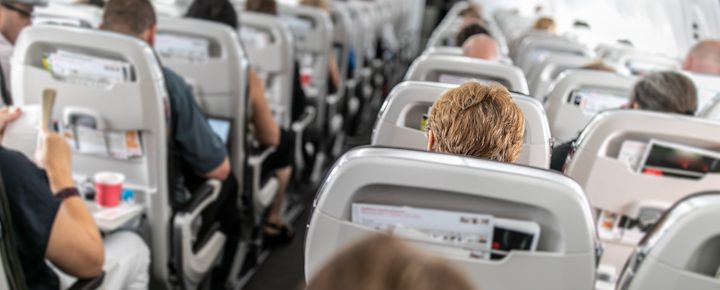
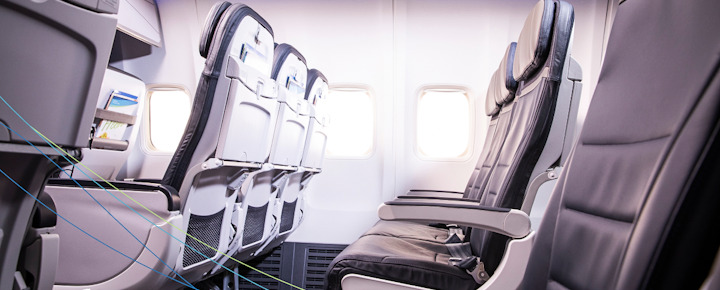
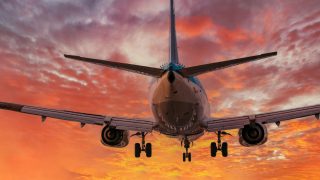
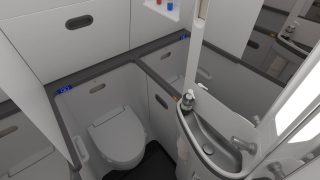
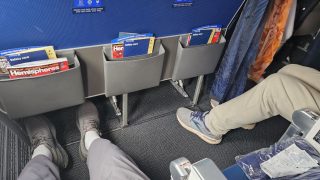
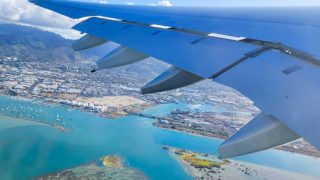

larger seats are needed for all. it is not just tall or large people. once installed airlines can charge customers whatever is needed to make a reasonable profit. customers will plan ahead once they know the prices. too many tourists now coming to Hawaii. time to thin the herd (literally).